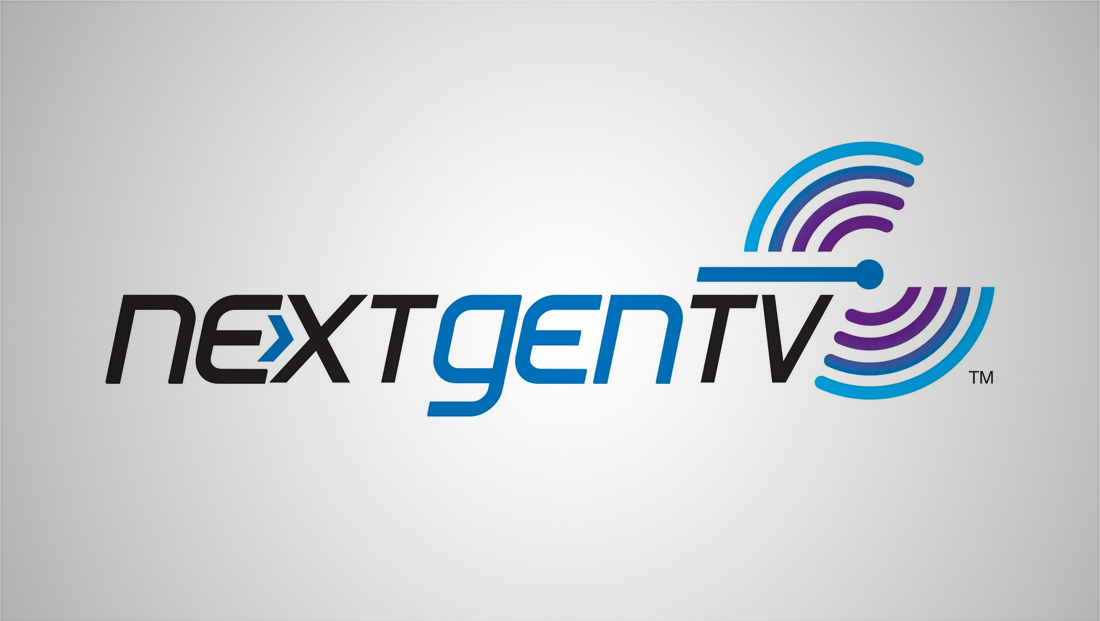FCC commissioner links NextGen TV benefits to proposed ownership rule changes

Subscribe to NCS for the latest news, project case studies and product announcements in broadcast technology, creative design and engineering delivered to your inbox.
Commissioner Anna M. Gomez used the Federal Communications Commission’s Sept. 30 quadrennial ownership review to outline concerns about how proposed regulatory changes could interconnect with the industry’s push for NextGen TV adoption, warning that relaxed ownership limits may disproportionately benefit large station groups at consumer expense.
In her statement accompanying the notice of proposed rulemaking on broadcast ownership rules, Gomez described NextGen TV — formally known as ATSC 3.0 — as part of a broader set of proceedings that together could “drastically alter the media ecosystem and the number of voices that are a part of it.”
“These are all complex proceedings with more issues to resolve than I am covering today,” Gomez wrote. “The financial pressures on local broadcasters are very real as are the significant values of the local broadcasting services they provide to their communities of license.”
NextGen TV represents a shift to internet protocol-based broadcasting standards that enables more efficient spectrum use, targeted advertising capabilities and datacasting services. Broadcasters have petitioned the commission to mandate a hard deadline for the transition, which Gomez said raises questions about who bears implementation costs.
“Costs will be borne by manufacturers that will need to add technology to televisions to receive this broadcast, MVPDs that will need to change their equipment to receive the NextGen TV signals, and consumers that will need to purchase antennas for their existing TVs to receive the new signal over the air or potentially pay higher prices for new televisions,” Gomez stated.
She drew a direct connection between NextGen TV’s economic viability and the national ownership cap debate, noting that the technology’s benefits to broadcasters increase substantially if ownership restrictions are relaxed or eliminated. Under current rules, entities cannot own broadcast stations reaching more than 39% of U.S. households—a limit Congress established in 2004 after rolling back an earlier FCC attempt to raise the cap.
“A station group with a nationwide footprint and data about their audiences will be able to compete for national targeted advertising campaigns,” Gomez wrote. “They also plan to sell datacasting services using the broadcast spectrum made available by the more efficient standard to, for example, broadly and efficiently transmit technical updates to devices such as phones and cars outside traditional broadband connections.”
Gomez indicated she believes Congress, not the commission, holds authority to raise the national ownership cap given the 2004 legislative action. She questioned whether allowing larger station groups would alter incentive structures that currently balance national networks serving broad audiences against local broadcasters serving community interests.
“A significant question to be addressed is how would ownership of a group of local broadcasters that together reach the majority or all of the nation change the incentives of that station group?” Gomez wrote. “In the past two weeks the public has raised serious concerns that large station groups made programming decisions to serve their national corporate interests, not their communities of license.”
Her statement referenced recent controversies where large station groups faced criticism for programming decisions that appeared to prioritize corporate relationships over editorial independence, though she did not provide specific details about the incidents.
The commissioner acknowledged potential benefits from NextGen TV while emphasizing the need for policy analysis before widespread deployment. “This may well be a great use of spectrum but we should certainly consider the policy implications of allowing this before it happens,” she wrote.
Gomez framed the ownership review, national cap debate and NextGen TV transition as interconnected issues requiring coordinated consideration rather than isolated rulemakings. She noted that different broadcasters maintain different incentives based on their asset portfolios, complicating efforts to develop uniform policy approaches.
The quadrennial review proceeding seeks comment on the Local Radio Ownership Rule, Local Television Ownership Rule and Dual Network Rule. Gomez supported the statutorily required review while emphasizing that “financial gains for corporate giants is not a basis to abandon our, and broadcasters’, obligations to serve the public interest.”
She called for stakeholder engagement to identify rule modifications that would address broadcast economics while preserving public interest principles. “The broadcast ecosystem is a longstanding public private partnership and I call on all stakeholders to approach this pivotal moment with an open mind to identifying modifications to current rules that would both shore up the economics of broadcast television and preserve the public interest,” Gomez wrote.
The commissioner emphasized three core principles for evaluating proposed changes: localism, viewpoint diversity and competition.
She distinguished these policy goals from purely financial considerations, arguing that regulatory decisions should prioritize incentivizing broadcasters to serve their communities of license.
“Nobody can tell me what the broadcasting industry is going to look like five or ten years down the road,” Gomez wrote, acknowledging uncertainty about how market forces and technological change will reshape the sector.
The commission will accept comments on the ownership review for 30 days following Federal Register publication, with reply comments due 60 days after publication.
Subscribe to NCS for the latest news, project case studies and product announcements in broadcast technology, creative design and engineering delivered to your inbox.




tags
FCC, NextGen TV ATSC 3.0
categories
Broadcast Business News, NextGen TV, Policy